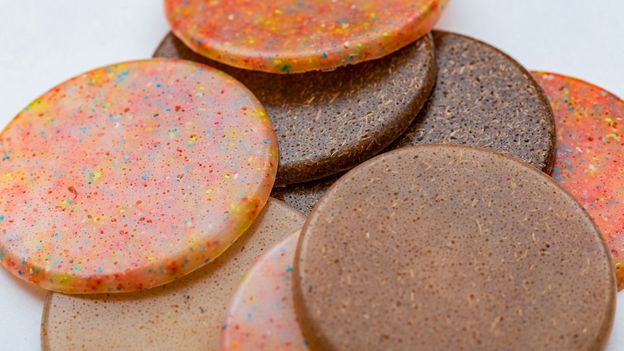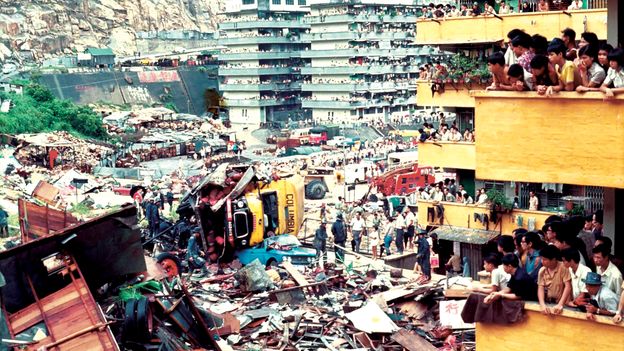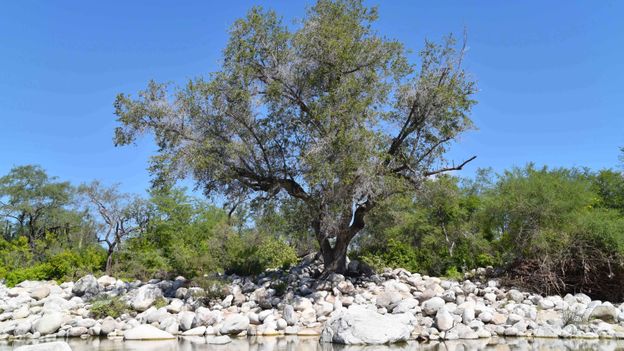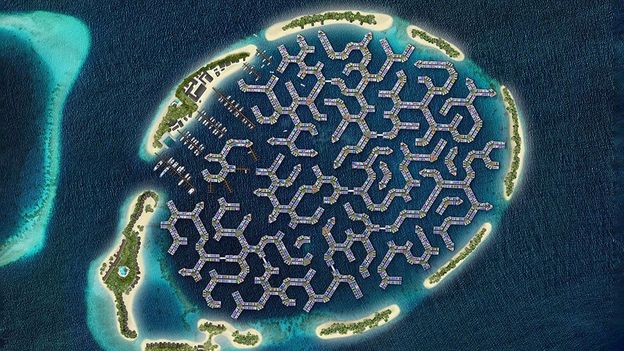Many universities and entrepreneurs are attempting to do this. Most solutions target mixed plastic waste and suggest applications different from the original ones. For example, several groups have developed building materials made of plastic waste.
Plastics are strong, durable, waterproof, lightweight, easy to mould, and recyclable – all key properties for construction materials. So what if all of this plastic waste could be converted into building materials for low-income populations? Existing initiatives are promising, but not yet reproducible on an industrial scale.
I study plastic waste with the specific aim of finding interesting ways to remove it from the environment. Since 2009, I have developed a number of building materials made of post-consumer plastics mixed with different waste-stream materials. From agricultural wastes such as sugarcane bagasse – a by-product of the sugar industry in Brazil – and coffee dregs, to concrete waste and construction debris, compounded with recycled plastics, there are many ways to obtain materials to produce bricks, roof tiles, plastic lumber and other useful elements for building.
Our team is currently trying to develop a viable building block made of recycled plastics. We have prepared a range of prospective materials using a mix of virgin and recycled plastics – coloured PET bottles, polypropylene, polyethylene – and other local waste-stream materials, such as hemp, sawdust, concrete waste and red mud.












